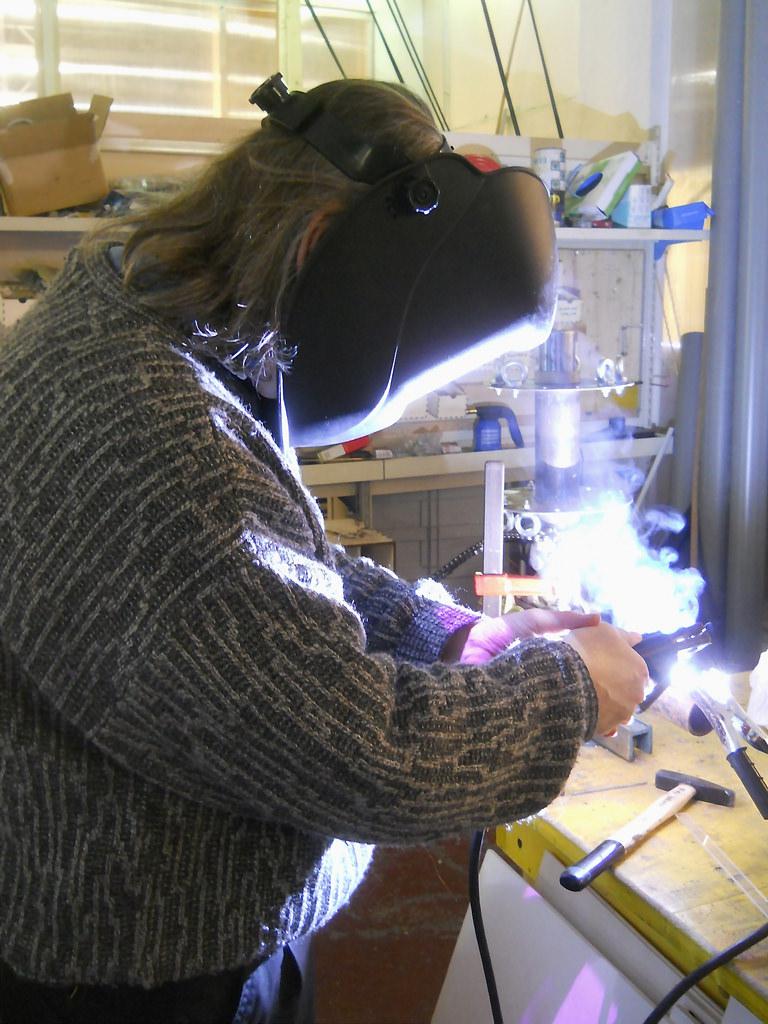There are three places where I unite my time: Austin, Texas; Torino, Italy; and Beograd, Serbia. So I cross a lot of national borders.
At a border, life gets intensely personal. Will these uniformed officials accept my passport, my name, my face? This identity document exists to prove to national authorities that I am me, me, me, and nobody else.
It’s an efficient system, although Austin, Belgrade, and Turin are all well known for illegal immigrants. Those people are just as foreign as I am, but they have identity issues. Maybe no legal identities at all.
I generally succeed at passing through these dizzy moments of legal limbo, to experience foreign soil. The legally marginalized migrants also want a future for their individual selves. They generally work for that future a lot harder than I do. But their identity is not legitimized.
The U.S.-Mexican border region is one among many borders in our world, but I find it particularly personal. My mother’s people lived in that region for seven generations. I learned from my ancestors that—while it’s possible to make one’s peace with pretty much any government—it’s impossible to appease the shear-zone between two governments. Borders are dynamic and morally contradictory. They process the individual, but they’re not built for his participation. You can live near a border, and prosper from tourism and arbitrage, but dwelling within the borderline is metaphysically impossible. A border crossing is a cultural clash.
These experiential musings led me to create an interactive artwork for the Emerge festival at Arizona State University on Friday, March 7. (Disclosure: Future Tense is a partnership of Slate, ASU, and the New America Foundation.) The goal of Emerge is to make the dry and abstract “future” into something immediate, personal, and tangible, that you can get your hands on. This year’s theme is “The Future of Me”: How much agency will we, as individuals, have in the near future? Will the networks bend every effort to learn our every quirk and serve our every whim? Or will we be like an illegal migrant, who lacks civil rights and a legal ID, a guy with a lot of “future,” but not much “me?”
My contribution to Emerge this year is a border machine, “Mi Futura Frontera/My Future Frontier.” The installation is powered by open-source software and is arranged to be at least as complex as a typical customs declaration. It’s a whirling tower of cultural images, surrounded a jittery pair of marionettes. These polite border-crossing migrants do their best to obey the gestures of the viewer of the artwork. Like most of us in the passport office and the customs waiting queue, they’re doing the best to go through the motions. But they’re puppets of a system that isn’t built for their benefit, and reactions can get out of hand.
“Mi Futura Frontera/My Future Frontier” is about trans-national clichés. It’s about that whirlwind of superstition and stereotype that gusts up whenever you step from one legal realm to another. On the far side of a border-crossing is the soil of another nation. There’s another culture there, offering the potential prospect of another, future “me.” No matter how quickly you return from such an experience, you’re not quite the same guy.
This large, kinetic artwork is deliberately made from abject materials available in most any machine shop in the world: plywood, iron pipes and spokes, sandbags, bicycle chain, bolts, nuts, and cheap steel wire.
It also involves also a new and significant device within the electronic art scene, the “Intel Galileo.” Like all Arduino-compatible devices, this Galileo circuit board transforms software impulses into mechanical motions. So the Arduino is a border-crossing device, of a sort—it turns the virtual into the actual.
Arduino gear has become a favorite of hacker-spaces, maker garages, and fabrication labs worldwide. Thousands of foreigners all over the world contribute to Arduino code—Arduino has globalized brainpower. But Arduino also has a homeland: It’s an Italian device. Arduino gear is commonly packaged and shipped from one of my favorite hangouts, the Torino Fablab, the fabrication laboratory of Turin. You see, “Mi Futura Frontera” is itself a border-crossing device. It’s an artwork that migrated from Turin to Phoenix, designed and engineered in one nation, then appearing as a public installation in another.
The Torino Fablab is an electronic light-industry center which sprang up in an abandoned FIAT car factory. It’s a lively place these days, where 20 Maker veterans run the shareable lasers, welders, 3-D printers, drills, saws, and soldering irons. About 300 local people regularly attend the FabLab to swap ideas, test out prototypes, and refine their skills. The Intel Galileo is a gift, or salute, from Intel to the thriving Arduino craft community. I heartily approve of this bold cross-cultural gesture. It’s constructive and forward-looking. More people should know about this.
I used to think that border-crossing would make our world flatter, more homogenized—that globalization was the road to the lowest common cultural denominator. But as I get older, and I see more and more future-of-me, I’ve come to realize that it isn’t what happens. Globalization can intensify the local eccentricities.
There’s a future after the Emerge event, too. I will hot-foot it out of kindly Phoenix straight to the lemming rush of SXSW Interactive in Austin, where future-minded techies who look, act, and talk just like me arrive in absolute mobs. SXSW is my own demographic as an ever-more-mobile, ever-expanding horde. “Keep Austin Weird” is the local patriotic battle-cry, but hosting this tsunami of high-tech global migrants is the single weirdest thing that the town ever does.
Maybe someday I’ll be able to describe what that means and how that feels, but until then, I feel happier just making a machine about it.
On the evening of Friday, March 7, ASU will explore “The Future of Me” at Emerge: A Carnival of the Future in Phoenix. For more information and to RSVP, visit emerge.asu.edu.
